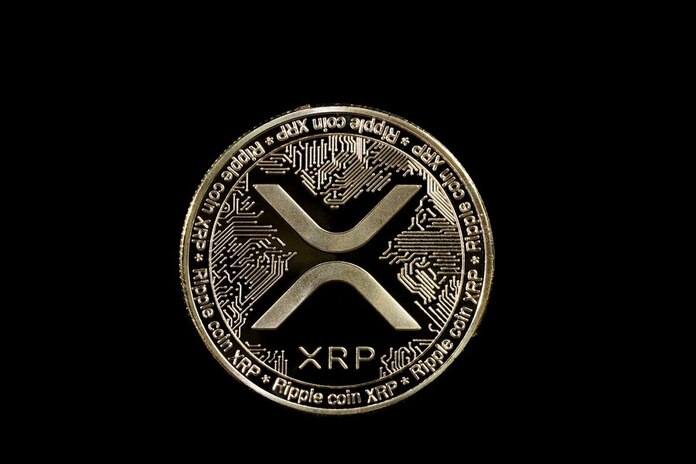As the cryptocurrency market continues to evolve, XRP (XRP) stands out as a unique player. Known for its utility in cross-border transactions, XRP has carved a niche for itself within the blockchain-based financial solutions sector. While newer tokens like BeerBear are gaining attention with their community-driven models, XRP’s longstanding focus on providing efficient payment solutions has kept it relevant in a rapidly changing market.
XRP Cryptocurrency’s Value Proposition
XRP was specifically designed for facilitating fast and low-cost cross-border transactions, setting it apart from many other cryptocurrencies. Unlike traditional digital assets primarily used as stores of value, XRP is used for its real-world applications. The XRP Ledger (XRPL) serves as a decentralized blockchain designed to streamline international payments for financial institutions and payment providers.
One of the standout features of XRP is its speed and cost efficiency. The XRPL enables transactions to settle in just a few seconds, with fees significantly lower than traditional banking systems. This efficiency has allowed XRP to gain traction among banks and remittance companies that need to speed up and reduce the cost of international transactions.
BeerBear: A Newcomer with a Community-Driven Model
While XRP focuses on streamlining cross-border payments for financial institutions, newer projects like BeerBear are bringing a different kind of innovation to the cryptocurrency market. BeerBear introduces a play-to-earn gaming model, which incorporates decentralized incentives to engage its users.
BeerBear’s ecosystem includes a presale model where the price of the token rises incrementally, offering early investors a chance to enter at lower prices. One of its key features is the “Bar Brawl” arcade-style game, where users can earn tokens and NFTs, further integrating gaming with crypto.
BeerBear’s decentralized governance model also offers flexibility, with less reliance on financial institutions and regulatory frameworks. It aims to appeal to users who seek a more interactive crypto experience, moving away from the traditional financial use cases that XRP serves.
XRP’s Regulatory Landscape
XRP has been at the center of regulatory debates, especially due to its ongoing legal battle with the U.S. Securities and Exchange Commission (SEC). These legal proceedings have influenced the market sentiment around XRP, making its classification as a security or commodity a hot topic. As the court case progresses, clarity around XRP’s legal standing may affect its adoption and price stability. However, recent rulings have provided positive signs for the XRP cryptocurrency, leading to renewed interest from both institutional investors and financial services providers.
On the other hand, BeerBear’s more decentralized model allows it to sidestep some of these regulatory hurdles. Without the heavy reliance on institutional players, BeerBear can operate within a less restrictive framework, which could prove advantageous as regulations evolve.
Comparing Market Positions: XRP vs. BeerBear
XRP has established itself as a leader in the cross-border payment sector, but it is facing competition from newer tokens, including BeerBear. While XRP’s role in facilitating efficient international payments is well-established, BeerBear’s focus on gaming and decentralized rewards systems presents an alternative form of crypto engagement.
XRP is still tied to institutional partnerships, which means its future could be influenced by external factors such as market fluctuations and regulatory developments. In contrast, BeerBear’s emphasis on community-driven governance and decentralized incentives gives it a more flexible growth trajectory.
Growth Factors and Adoption Potential
XRP’s continued success hinges on the broader adoption of blockchain-based financial services, particularly in the payments sector. As more institutions seek to integrate blockchain into their systems, XRP’s position as a leader in cross-border payments could strengthen. However, BeerBear is also poised for growth, particularly as the popularity of play-to-earn gaming rises. With its focus on decentralized governance and incentives, BeerBear offers a unique approach to crypto adoption, especially among gaming and NFT enthusiasts.
Conclusion: What’s Next for XRP Cryptocurrency?
XRP continues to be a significant force in the cryptocurrency market, particularly in the realm of cross-border payments and blockchain-driven financial solutions. However, new tokens like BeerBear are emerging with innovative approaches to community engagement, gaming, and decentralized incentives.
As the crypto landscape evolves, both XRP and BeerBear could play important roles, but with different market focuses. XRP remains a key player in institutional payments, while BeerBear could emerge as a favorite among users seeking a more interactive and community-driven cryptocurrency experience.
Featured Image: Freepik




